As a twilight would expand the length of the day almost to eternity, as though never letting the sun quite disappear from our awareness, but always persisting, even as just a beautiful memory — nothing more, nothing less…
So this twilight series itself expanded beyond its appointed time, but now it comes to its conclusion… This is the third and last post of the series (here are the first two parts in case you’ve missed them: One, Two), which weaves together all its themes: the twilight colours, as experienced in our sensory reality, and the universal themes of human condition, where the present experience is forever lit by the light of the past, by the sun of our dissolving memories.
Let me start this conclusion, then, with this magnificent painting by Rembrandt, which brings to our sensory experience one of the most significant peaks in the collective memory: the post-crucifixion re-appearance of Christ to his disciples… unrecognisable, but yet recognisable; untouchable and mysterious.
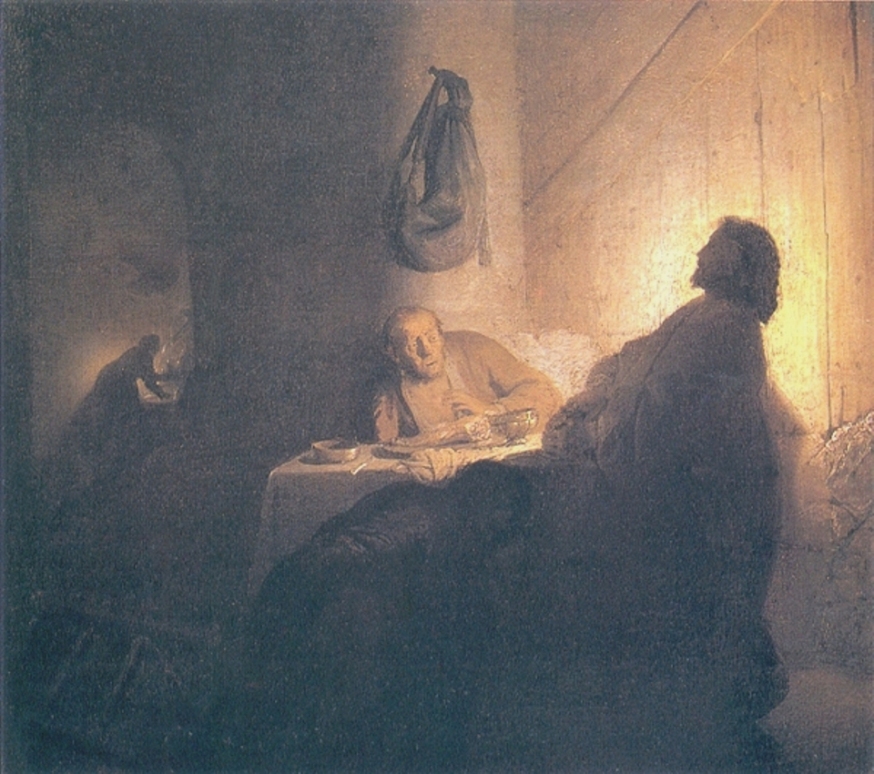
Just to bring into focus how remarkable (and how painfully modern) Rembrandt’s vision is, let me show you something I saw just last week in Florence: a multicoloured bas relief representing a related scene, the re-appearance of Jesus to Mary Magdalene in the garden, the Noli me tangere (“Touch me not!”) episode:
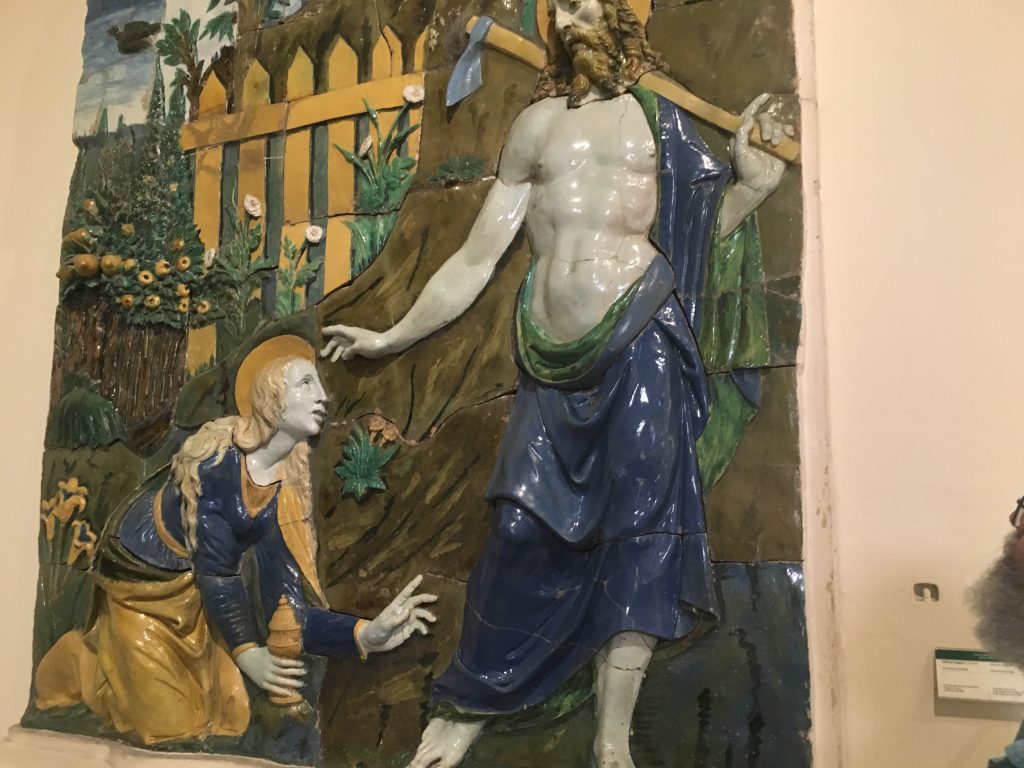
A few years ago, I spent quite some time studying this painting by Rembrandt, and the colours of twilight appeared in this study as though on their own, beyond my conscious interference…
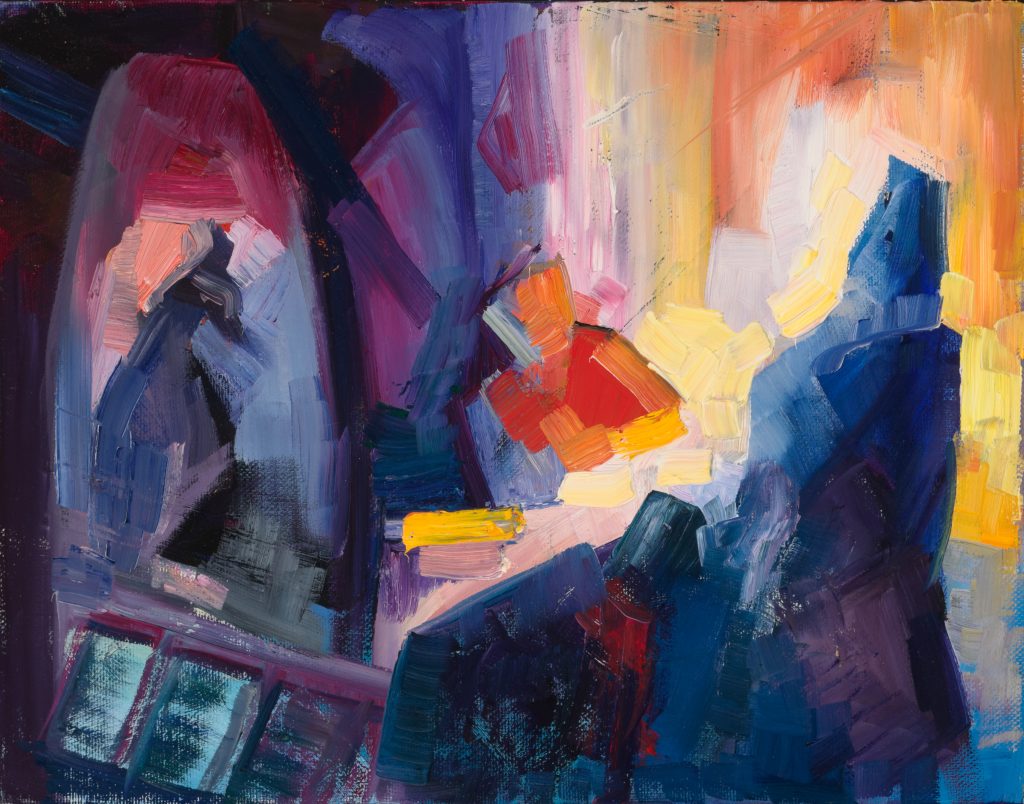
And here is another small painting that, for me, links the colours of twilight with the themes of love, time, memory… (almost) reducing these themes to their colour content.
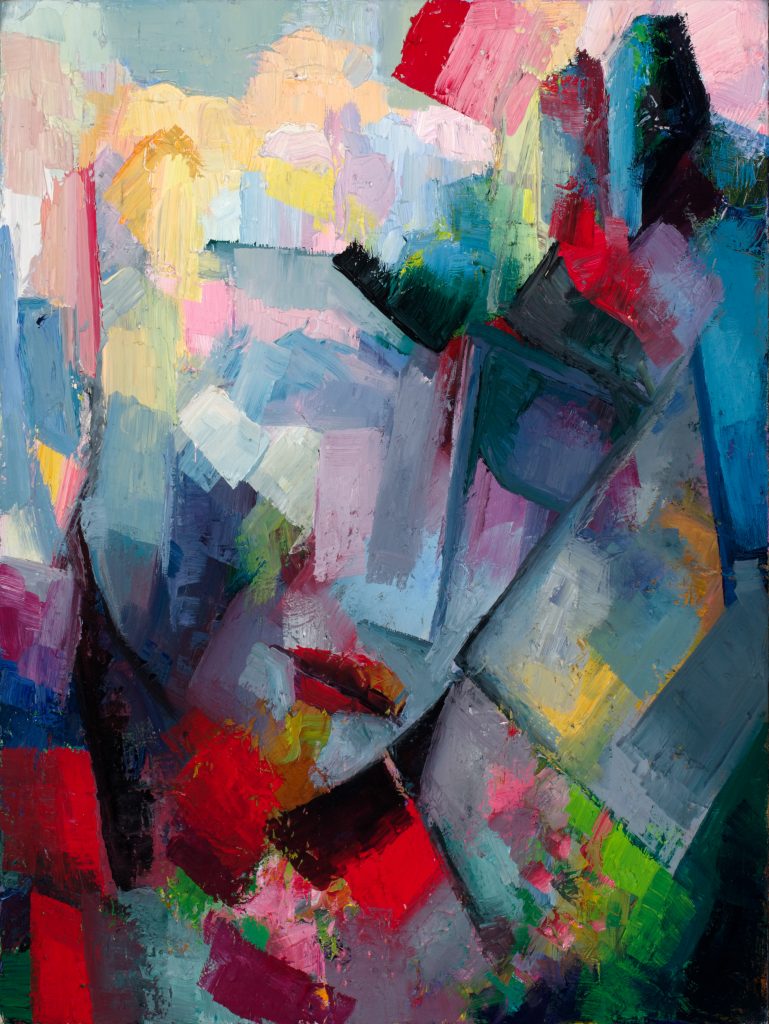
There is another painting underneath, an older landscape I used for this study, lending it some of its colours:
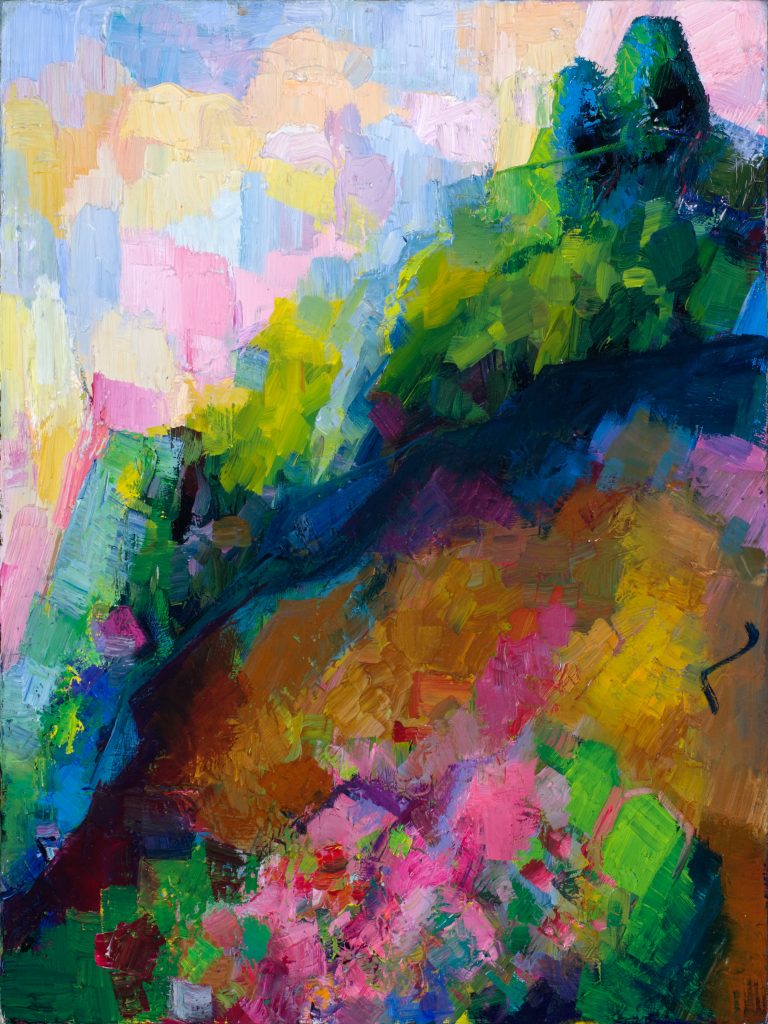
While this landscape still existed, it was called “I remember her garden…”, a sentence from “The English Patient” (which, in itself, is a quintessential twilight experience).
The “memory” painting that emerged on the ashes of this landscape was a study for Sonnet 57, and here is how the final painting turned out… almost nothing to do with the landscape, except (except!) the original colours still show up, just as the sun is still visible in the twilight…
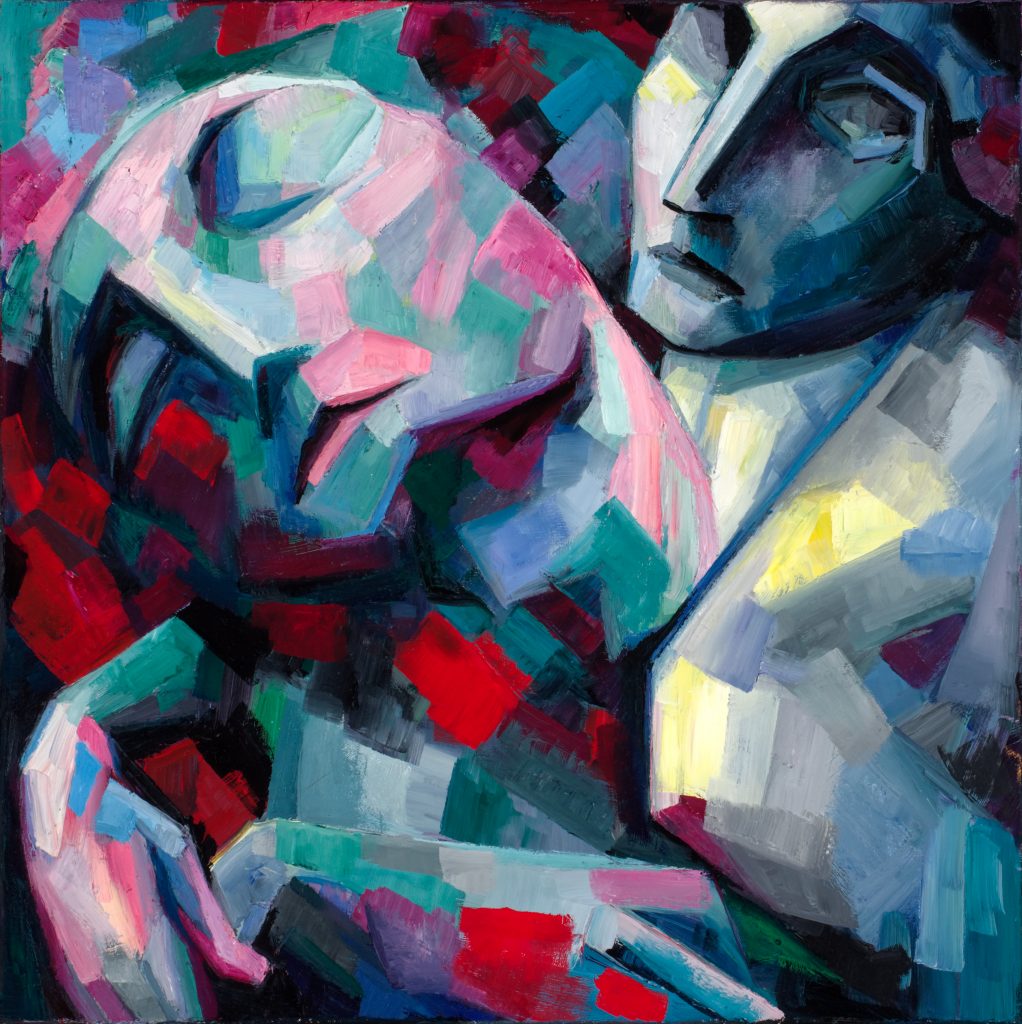
This sonnet painting brings in another theme of Florence: Michelangelo’s unfinished slaves…
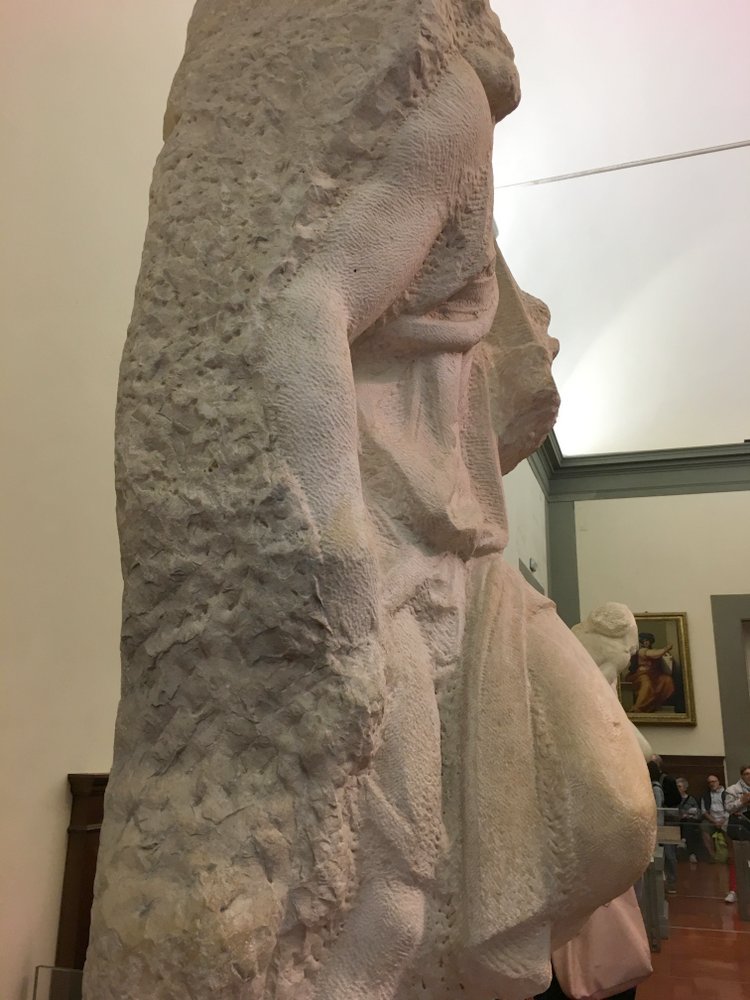
But I want to conclude this series with a painting that may seem quite different, but which somehow — for me, at least, brings it all together. It is called “On being alive”… On being alive: being always, forever and ever, a meeting point between the twilight of the past and the emerging light of the future, meeting, mysteriously, in the ever-magnificent present…
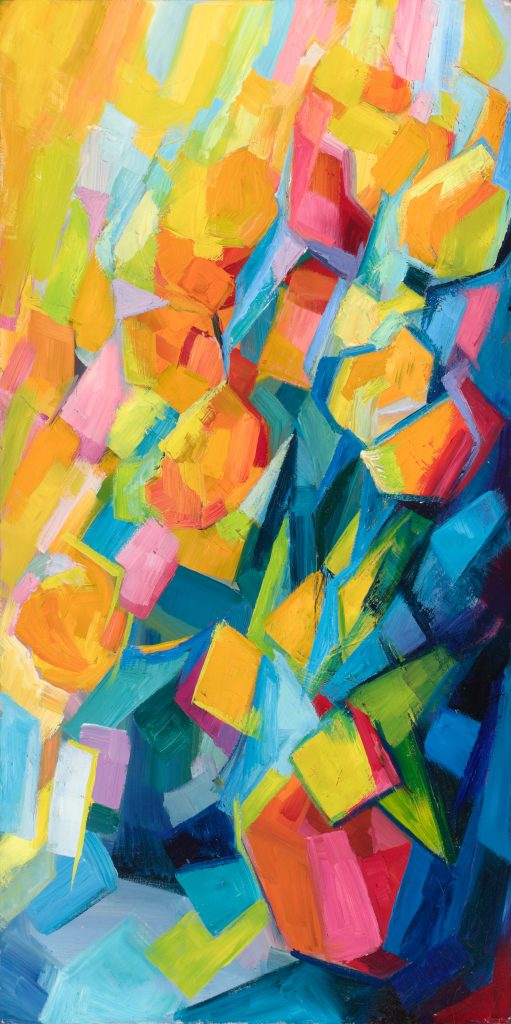
Three paintings from this installment of the twilight series are available as a part of “Living Art” collection (which means that they come with some very special gifts…). Read more…